Table of Contents
- Introduction
- Why the Moon?
- Chandrayaan-1: The Pioneer (2008)
- Scientific Discoveries from Chandrayaan-1
- Chandrayaan-2: Ambition Meets Challenge (2019)
- The Vikram Lander Crash: What Went Wrong?
- Chandrayaan-3: India’s Moment of Glory (2023)
- Key Technologies Behind Chandrayaan Missions
- Chandrayaan vs Other Lunar Missions
- The Global Recognition of Chandrayaan
- What’s Next? Chandrayaan-4 and Lunar Gateway
- Final Thoughts: India’s Place in Space
- FAQs on Chandrayaan Missions
1.Introduction
India’s Chandrayaan program is a space program, but it’s also more than that – it’s an emblem of national pride, scientific prowess, and technology. ISRO’s series of lunar missions have not only positioned India as a formidable player in space but have also made a huge contribution to worldwide lunar science.
With Chandrayaan-1 finding water on the Moon, Chandrayaan-2 exhibiting cutting-edge orbital technology, and Chandrayaan-3 making history by landing on the Moon, the Chandrayaan program exhibits India’s astronomical ambitions and achievements.
2.Why the Moon?
The Moon is Earth’s nearest celestial neighbor and the answer to understanding the early solar system. It provides an opportunity to:
- Catch hints of Earth’s geological past
- Provide insight into how planets formed
- Open doors to future bases on the Moon
- Consists of resources such as water ice, helium-3, and rare earth minerals
For ISRO, the Moon was the ideal testing ground for developing space technology, forging global alliances, and inculcating scientific temperament in Indian youth.
3.Chandrayaan-1: The Pioneer (2008)
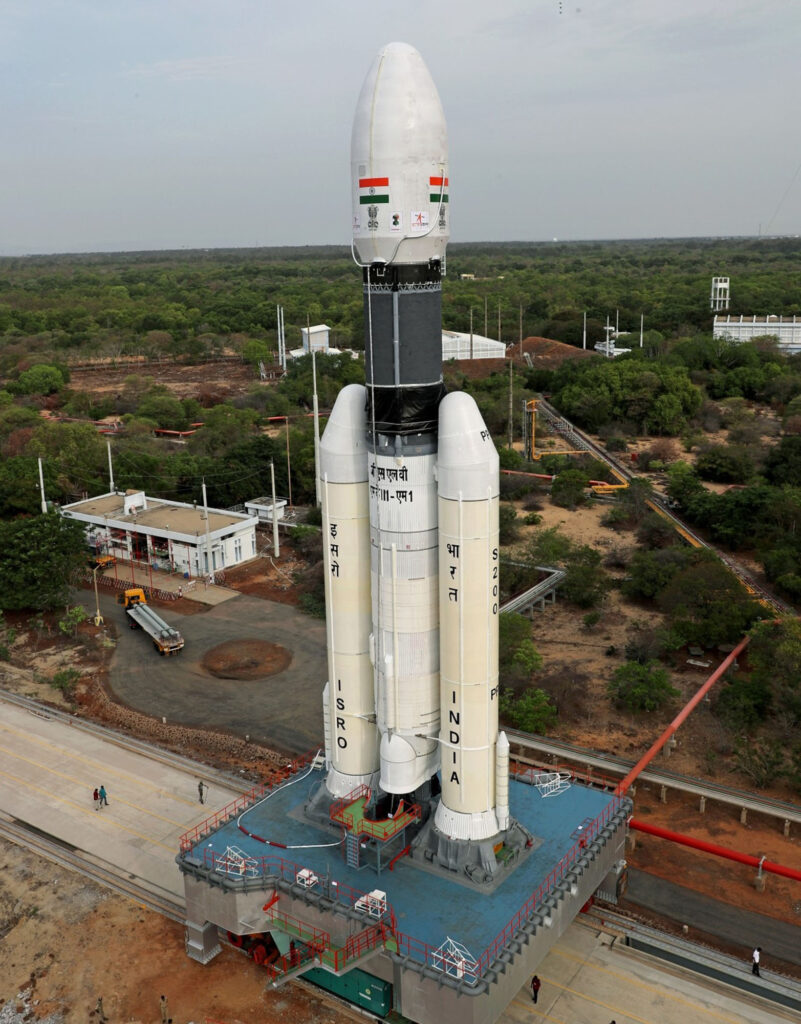
Launched on 22 October 2008 from Satish Dhawan Space Centre, Chandrayaan-1 was India’s first lunar mission. It was a technological miracle, given that ISRO had never gone beyond Earth’s orbit till then.
Main Features:
- Launch Vehicle: PSLV-C11
- Weight: 1380 kg
- Mission Cost: ₹386 crores (~$80 million)
- Orbit: 100 km above lunar surface
- Instruments: 11 payloads (5 Indian, 6 international including NASA, ESA)
4.Scientific Discoveries from Chandrayaan-1
The mission lasted 312 days and was officially terminated on August 29, 2009. Its biggest achievement?
💧 Discovery of water molecules on the Moon by the NASA Moon Mineralogy Mapper (M3).
Other Achievements:
- 3D mapping of the lunar surface
- Detection of magnesium, aluminum, and silicon
- Confirmation of an extended lunar exosphere
- High-res mapping of lunar topography
Chandrayaan-1 turned India into a scientific contributor on a global scale.
5. Chandrayaan-2: Ambition Meets Challenge (2019)
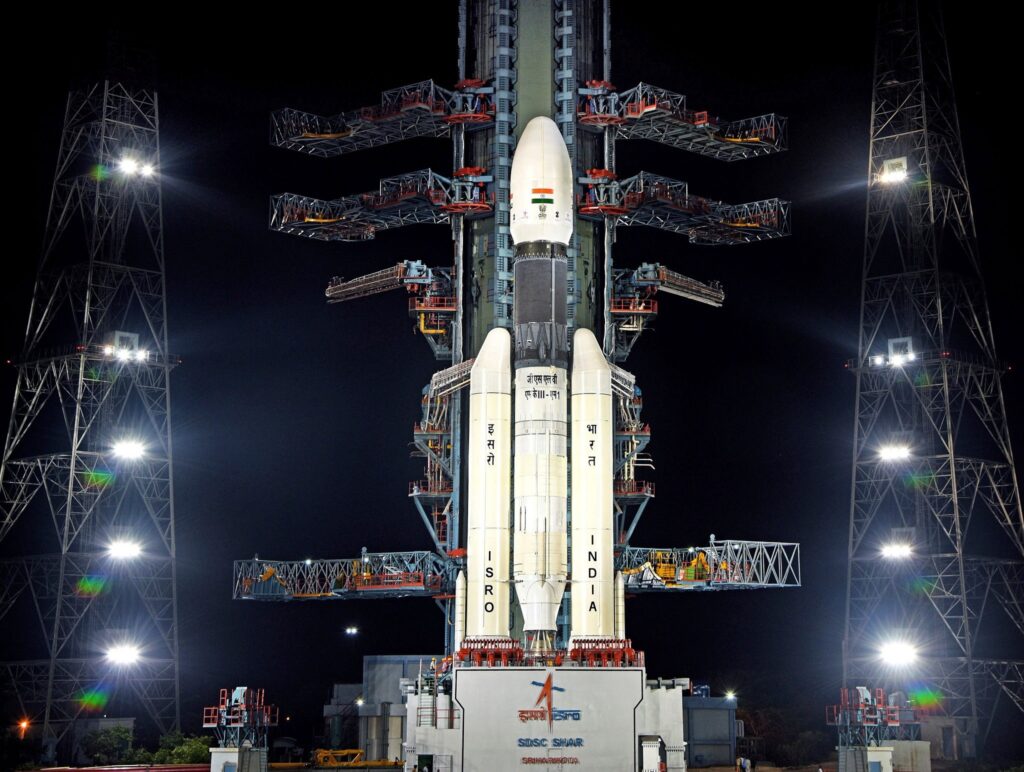
Aimed at a soft landing near the Moon’s south pole, Chandrayaan-2 was ISRO’s most ambitious mission at the time.
Launch Date: July 22, 2019
Components:
- Orbiter (still active)
- Vikram Lander
- Pragyan Rover
Total Mission Cost: ₹978 crores (~$140 million)
While the orbiter continues to function flawlessly, the Vikram lander crashed during descent, just 2.1 km above the lunar surface.
6.The Vikram Lander Crash: What Went Wrong?
The lander descended normally but veered off course during the last stage.
Reasons:
- Software malfunctions in speed control
- Faulty altitude measurement
- Lack of braking during terminal descent
The mission was not a failure even after the crash. The orbiter gave the following:
- 3D topographies of moon craters
- Thermal imaging
- Exospheric argon studies
It set the foundation for Chandrayaan-3.
7.Chandrayaan-3: India’s Moment of Glory (2023)
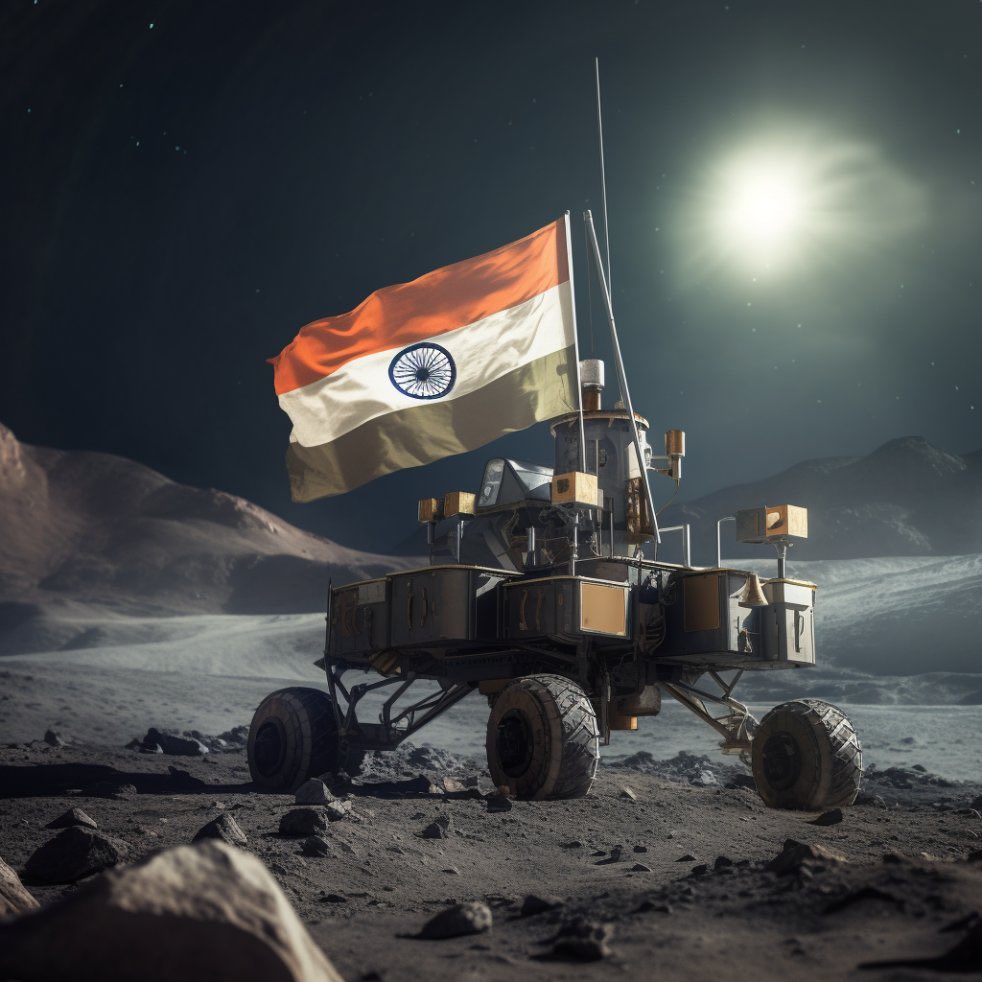
After taking lessons from earlier mistakes, ISRO launched Chandrayaan-3 on 14 July 2023 and landed successfully on the Moon on 23 August 2023. India became the first nation to land close to the south pole of the Moon and the fourth country to soft-land on the Moon.
Modules:
- Vikram Lander (enhanced)
- Pragyan Rover
- No orbiter – utilized Chandrayaan-2 orbiter for assistance
Accomplishments:
- Successful soft landing at 69° S latitude
- Pragyan Rover covered 100+ meters
- Identified sulfur and other compounds on the surface
- Sent high-resolution images and thermal observations
Cost: ₹615 crores (~$75 million) – a small percentage of NASA or ESA missions!
8. Key Technologies Behind Chandrayaan Missions
ISRO built world-class systems using limited resources:
Technologies Employed:
- Terrain mapping cameras
- Hazard detection and avoidance systems
- Solar-powered payloads
- Autonomous navigation for rovers
- Deep-space communication antennas
- Cryogenic upper stages in launch vehicles
India demonstrated to the world that space exploration doesn’t have to cost a lot of money to be successful.
9.Chandrayaan vs Other Lunar Missions
| Country | Mission | Achievements |
|---|---|---|
| USA | Apollo Missions | First human landing |
| USSR/Russia | Luna Missions | First soft landing, rovers |
| China | Chang’e Missions | Sample return, landers, rovers |
| India | Chandrayaan | Water discovery, south pole landing |
While others have larger budgets, India’s missions stand out for their cost-effectiveness and scientific returns.
10.The Global Recognition of Chandrayaan
ISRO received accolades from:
- NASA: for water detection and data sharing
- ESA: for payload integration and locating
- Global scientists: for open data sharing
The media such as BBC, CNN, and National Geographic gave prominence to the innovation of Chandrayaan-3.Even Google marked the 2023 landing with a celebratory doodle.
11.What’s Next? Chandrayaan-4 and Lunar Gateway
India’s lunar expedition is only just beginning.
Future Plans:
- Chandrayaan-4: Speculated to include sample return
- Gaganyaan: India’s maiden human spaceflight
- Lunar Gateway: Partnership with NASA on orbital space station
- ISRO-JAXA LUPEX: Joint mission with Japan to drill the moon’s surface for water ice
India is now regarded as a major player in the Artemis Accords and subsequent moon colonisation missions.
12.Final Thoughts: India’s Place in Space
Chandrayaan missions demonstrate how vision, grit, and scientific discipline can turn a nation into a space superpower. From the latecomer in the space race to landing softly on the Moon, the journey of India is an inspiration for developing nations.
Why Chandrayaan Matters:
- Fosters STEM education
- Ignites innovation in robotics, AI, and space technology
- Enhances geopolitical clout
- Adds to global science
- Unites the nation under one dream – reaching for the stars
“Chandrayaan is not a space mission. It’s the promise of India to the cosmos.”
13. FAQs on Chandrayaan Missions
Q1: What is the main goal of Chandrayaan-3?
To demonstrate soft landing and rover mobility on the Moon’s south pole.
Q2: Who was the head of the Chandrayaan-3 mission?
ISRO Chairman S. Somanath led the team with multiple project directors and scientists.
Q3: How long did Chandrayaan-3’s Vikram lander and Pragyan rover function?
The lander and rover were active for one lunar day (~14 Earth days).
Q4: What made Chandrayaan-1 unique?
It was the first to discover water molecules on the Moon’s surface.
Q5: How does India benefit from lunar exploration?
Scientific knowledge, global prestige, tech advancement, and potential future resource utilization.
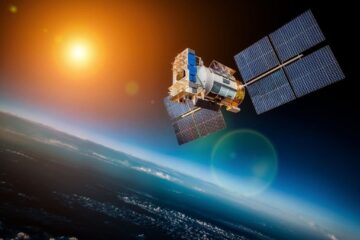
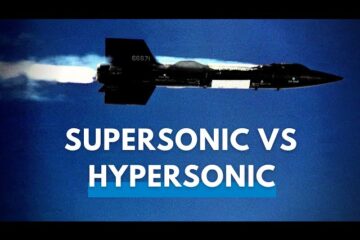
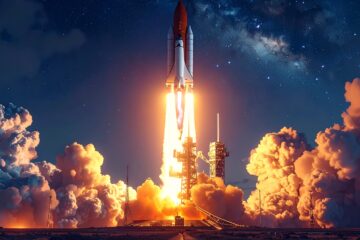
0 Comments